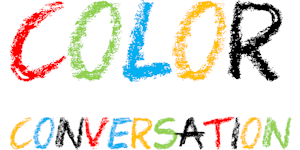The Myth of a White MinorityPosted in Articles, Census/Demographics, Media Archive, United States on 2015-06-11 23:14Z by Steven |
The Myth of a White Minority
2015-06-11
Richard Alba, Distinguished Professor of Sociology
City University of New York Graduate Center
IN 2012, the Census Bureau announced that nonwhite births exceeded white births for the first time. In 2013, it noted that more whites were dying than were being born. In March, it projected that non-Hispanic whites would be a minority by 2044.
But the forecast of an imminent white minority, which some take as a given, is wrong. We will seem like a majority-white society for much longer than is believed.
The predictions make sense only if you accept the outdated, illogical methods used by the census, which define as a “minority” anyone who belongs to “any group other than non-Hispanic White alone.” In the words “group” and “alone” lie a host of confusions.
A report the Pew Research Center is releasing today on multiracial Americans demonstrates how problematic these definitions have become. Pew estimates that 8.9 percent of Americans now have family backgrounds that involve some combination of white, black, Latino, Asian and Native American.
“Mixed” unions — intermarriages and long-lasting cohabitations — have become far more common. According to a 2012 Pew report, 15 percent of new marriages cross the major lines of race or Hispanic origin. Some 70 percent of these relationships involve a white partner and a minority spouse. The most common minority partners for whites are Latinos, followed by Asians, though the frequency of white-black marriage also continues to rise.
But even as the on-the-ground understanding of race and ethnicity becomes more fluid, contingent and overlapping, our public conversation lags…
Read the entire article here.



